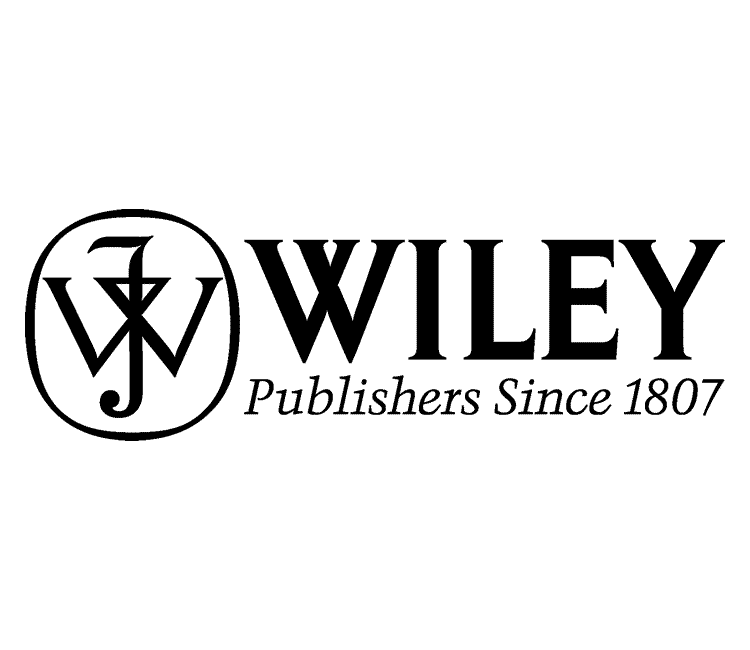- Earnings per Share (EPS) of $1.25, slightly below the estimated $1.27.
- Revenue exceeded expectations, reaching approximately $442.6 million.
- Significant increase in operating income, reaching $221 million.
John Wiley & Sons, Inc. (NYSE:WLY), a global leader in research and education, provides content and services to professionals, researchers, and students. The company operates in two main segments: Research and Learning. WLY competes with other educational publishers and research service providers, striving to maintain its position through innovation and strategic growth.
On June 17, 2025, WLY reported its earnings before the market opened. The company achieved an earnings per share (EPS) of $1.25, slightly below the estimated $1.27. Despite this, WLY’s revenue exceeded expectations, reaching approximately $442.6 million compared to the estimated $435 million. This revenue growth is supported by the company’s strategic focus on research growth and AI licensing.
WLY’s financial performance for the fourth quarter and fiscal year ending April 30, 2025, shows a significant increase in operating income, reaching $221 million compared to $52 million in the previous year. This improvement is attributed to cost reduction strategies and growth in both research and learning segments.
The company’s financial metrics provide further insights into its market valuation and financial health. WLY has a price-to-earnings (P/E) ratio of approximately 25.97, indicating the market’s valuation of its earnings. Its price-to-sales ratio stands at about 1.31, suggesting how much investors are willing to pay per dollar of sales. The enterprise value to sales ratio is around 1.79, reflecting the company’s total valuation relative to its sales.
WLY’s debt-to-equity ratio is approximately 0.33, indicating a moderate level of debt relative to equity. However, the current ratio is around 0.54, which may suggest potential liquidity challenges in meeting short-term obligations. Despite these challenges, the company achieved its free cash flow outlook, demonstrating its ability to generate cash flow and support its strategic initiatives.




